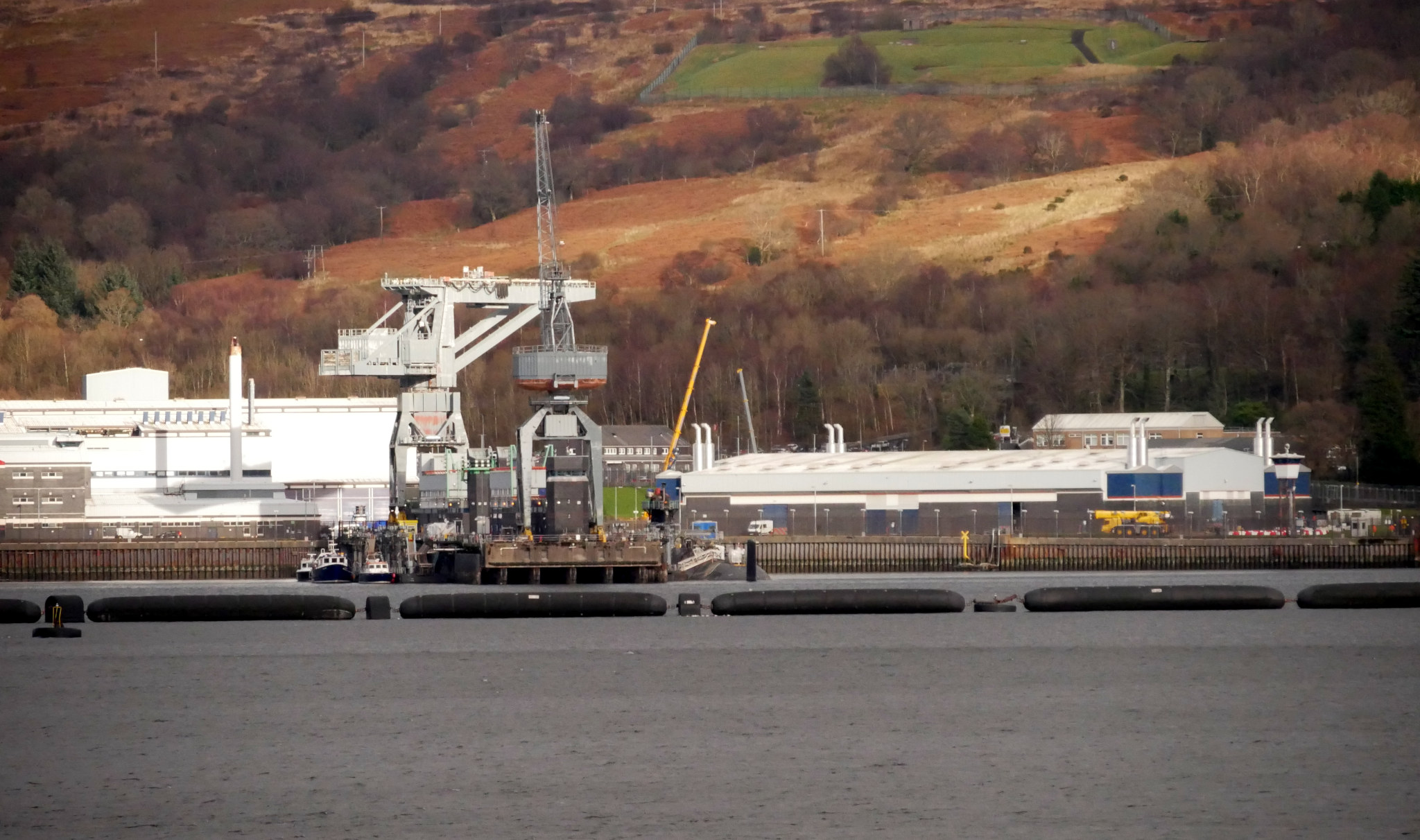Russian dictator Vladimir Putin has placed his nuclear forces on high alert and threatened Nato with “consequences they have never seen” if the West tries to stop his illegal invasion of Ukraine.
The terrifying threat turned ‘nuclear war’ into one of the most googled terms on Monday morning and prompted rare reflection in the national media.
Dr Rebecca Johnson, director of the Institute for Disarmament Diplomacy, told BBC Radio 4 that nuclear war would see radioactive dust clouds “entomb the whole earth in heavy darkness, reduce temperatures and cause nuclear winter.
“Our food could not grow anywhere in the world and up to two billion” people could die, she added, outling the dire consequences of a conflict involving just 100 of the world’s 13,080 nuclear weapons.
Russia, despite spending less on its military than Britain, has the largest atomic arsenal, with 6,257 warheads. The US has around 5,550. In a lower league is China (350), France (290), and the UK (between 195 and 260). Four other states – India, Israel, Pakistan and North Korea – also have nuclear weapons.
Britain has four submarines capable of firing its Trident nuclear weapons, a system which is in the process of being renewed, at a cost of up to £205 billion. At least one of these boats is supposed to be continuously out at sea and hidden from the enemy.
When not on patrol, they are based on the River Clyde at Faslane, under 30 miles from Glasgow – Scotland’s biggest city with nearly 600,000 inhabitants.
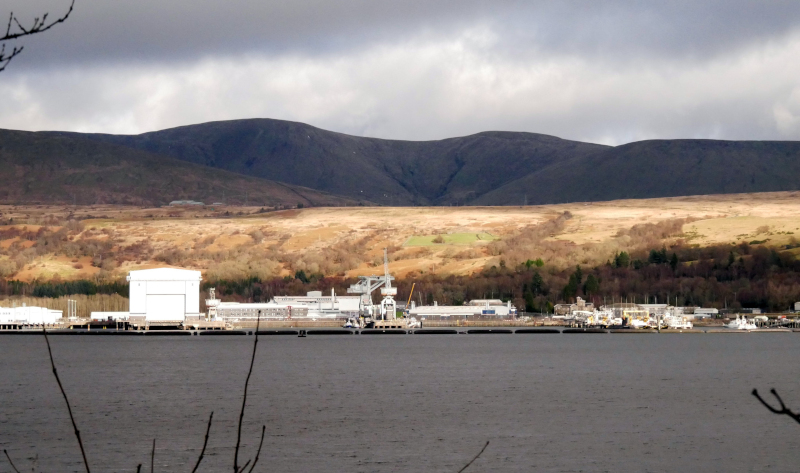
Protesters
Three weeks ago, while Putin was still amassing troops around Ukraine, Declassified visited Faslane with the Scottish Campaign for Nuclear Disarmament. Even then, the group had concerns. “I can’t remember being this worried about nuclear war,” campaigner David Mackenzie remarked.
Together with fellow activist Janet Fenton, the pair have spent decades researching and protesting against nuclear weapons. Fenton’s interest began when her older sister took her to a demonstration at Holy Loch, just along the coast from Faslane, where the US navy wanted to base some of its nuclear submarines in 1962.
Since that year, there have been at least 13 potentially catastrophic cases where nuclear weapons were nearly used around the world, according to the Chatham House think tank. Widespread fears over the safety of these weapons have long made nuclear disarmament a mainstream position in Scottish society.
Mackenzie recalled a protest outside Faslane that saw 340 activists arrested in a single day. Anti-nuclear sentiment was an important factor behind a significant minority of Scots voting for independence from the UK in 2014.
The day after losing the referendum, a despondent Fenton locked herself to the gates of the nuclear submarine base in Faslane. “I’m really disappointed I’m having to do this again,” a sympathetic policeman reportedly said as he cut her away. “It was absolutely heartfelt,” she commented.
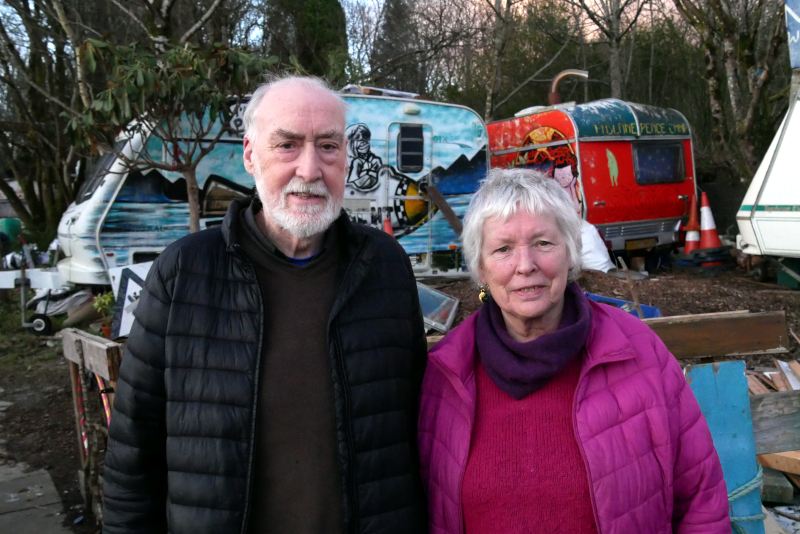
Faslane
The scenery around Faslane is among some of Scotland’s most spellbinding. Snow smatters surrounding hill tops as forests roll down into the crisp, cold and deep Gare Loch.
Jutting out through the trees, the natural beauty is disturbed by tall fences, steel panels and razor wire. “No drone zone” signs adorn lay-bys, warning curious passersby not to snoop.
Despite the precautions, much is visible from vantage points around Gare Loch. A line of inflatable black barriers secure entry to the harbour by sea. Inside that ring, a long grey shed, known as a ship lift, takes centre stage.
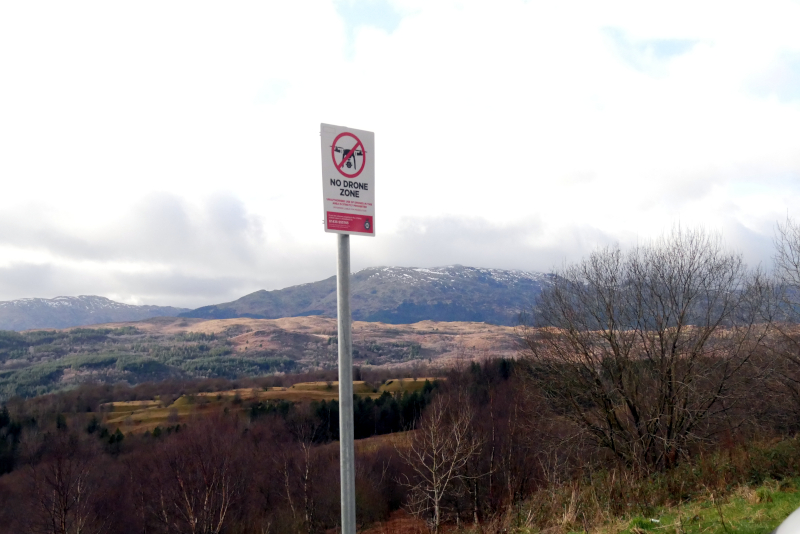
It functions as a dry dock for the enormous 150 metre long submarines, so they can undergo maintenance between patrols. We spot three submarines, plus minesweepers, patrol boats and a frigate.
Later, a submarine steamed into Faslane, sandwiched between tugs with police and marines escorting ahead. The channel is so narrow that campaigners sometimes canoe out to protest their arrival.
There have been more than 500 nuclear safety incidents with submarines at Faslane since 2006, according to Scottish investigative website The Ferret.
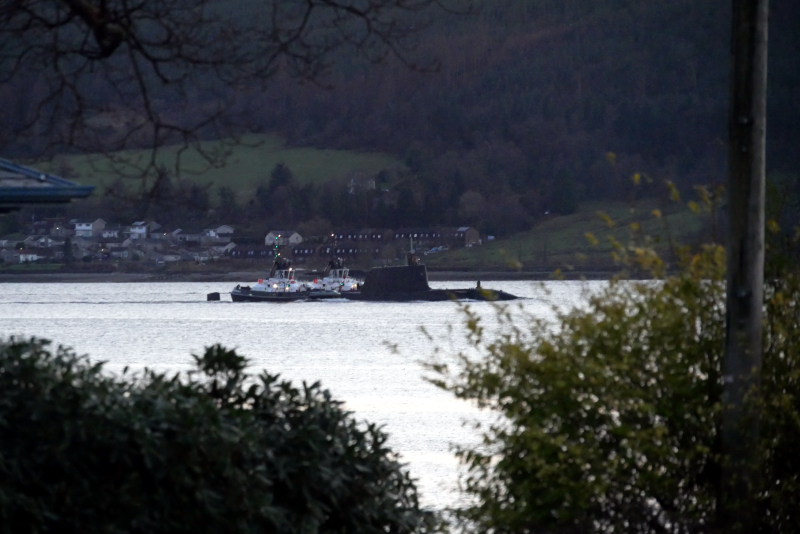
Coulport
Much harder to see is Faslane’s sister site, the Royal Naval Armaments Depot at Coulport, located on the opposite peninsula in Loch Long.
Little is visible from the main road – deliberately so. Coulport is where Britain’s nuclear warheads are stored when they are not on board the submarines.
The boats enter a strangely shaped shed perched above the water, known as the Explosive Handling Jetty, where weapons are lifted on and off. Once ashore, the warheads are kept in bunkers in the hillside around Coulport.
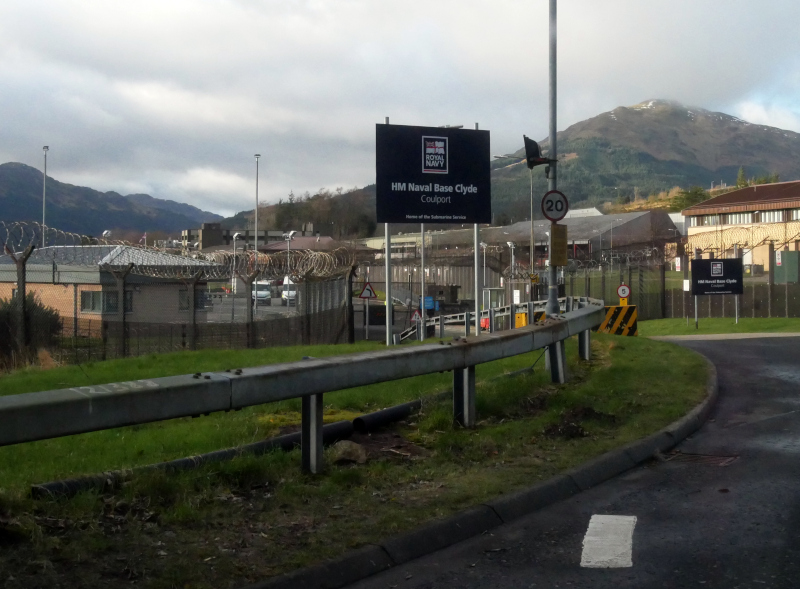
A three mile long perimeter fence secures the area from the land, leaving plenty of possibility for intruders in this remote rural location. Fortunately, most break-ins are by peace activists seeking to highlight the site’s vulnerability, rather than terrorists or spies.
In January 2020, two protesters snuck into Coulport in broad daylight. The Ministry of Defence (MOD) claims they only breached an outer perimeter. But over two years later, the trial is yet to take place. Campaigners think the MOD is worried that embarrassing details about lax security may emerge if it goes to court.
Lorry convoys
Britain’s nuclear warheads require regular maintenance. To this end, lorry convoys shuttle between Coulport and two atomic manufacturing sites in Berkshire, England up to eight times a year.
The 440 mile journey takes place on everything from weaving mountain roads to major motorways, like the M74 that cuts straight through Glasgow.
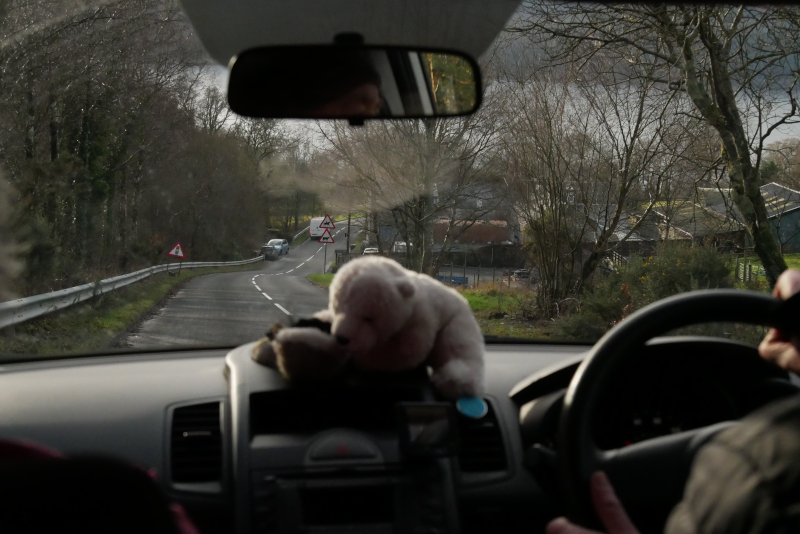
A report by campaign group Nukewatch says in the event of a major accident, radioactive plutonium and uranium could be dispersed over three miles.
Upon arrival in Berkshire, the lorries head for the Atomic Weapons Establishment facilities at Aldermaston and Burghfield.
It is at these locations, 30 miles west of London, where scientists manufacture Britain’s thermonuclear bomb, based on a modified US-design.
Three other components for the warhead, including its fusing and firing systems, are purchased from the US.
Last year, an international ban on nuclear weapons entered into force – however the UK is not among the 54 states that ratified the treaty at the UN General Assembly.
Boris Johnson’s government has snubbed the treaty by refusing to send observers to its first meeting and announcing plans to increase Britain’s arsenal.
The UK has also quietly changed its nuclear doctrine and now threatens to use its nuclear arsenal against non-nuclear weapons states that are said to be heading in the direction of acquiring them.
Now nuclear war no longer feels like a distant threat, it remains to be seen how public opinion in Scotland and the rest of the UK will change towards the ultimate weapon.

